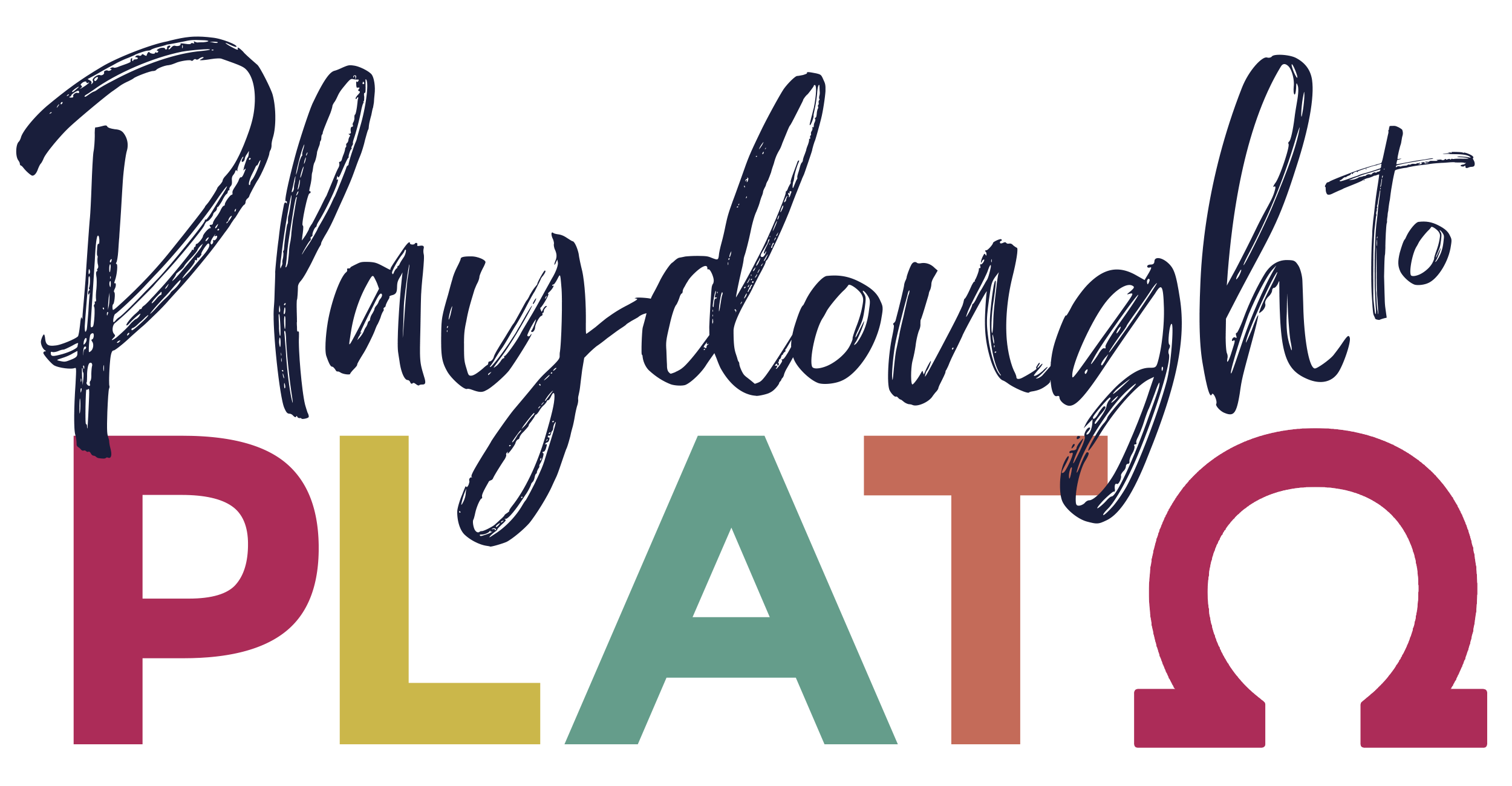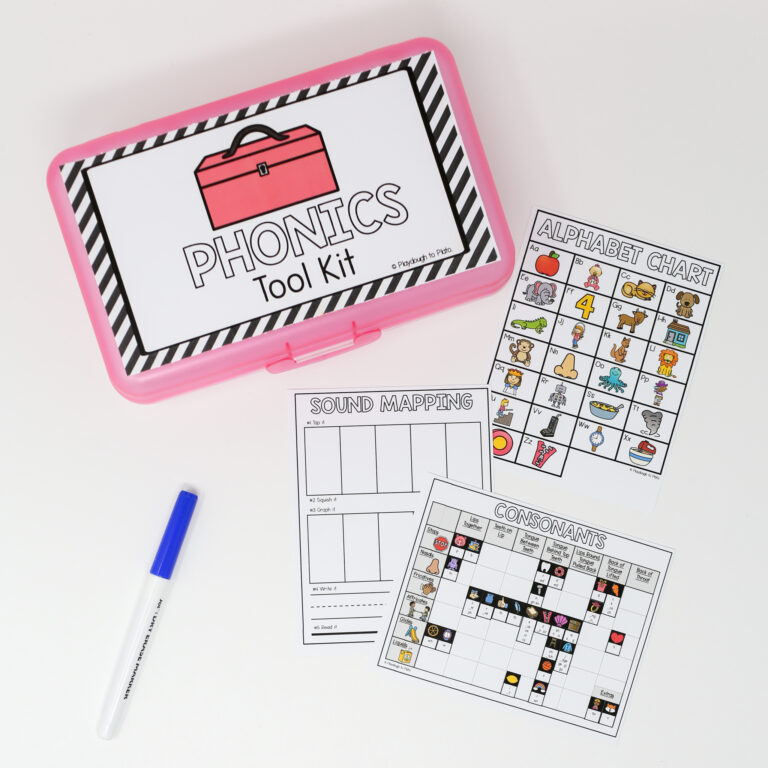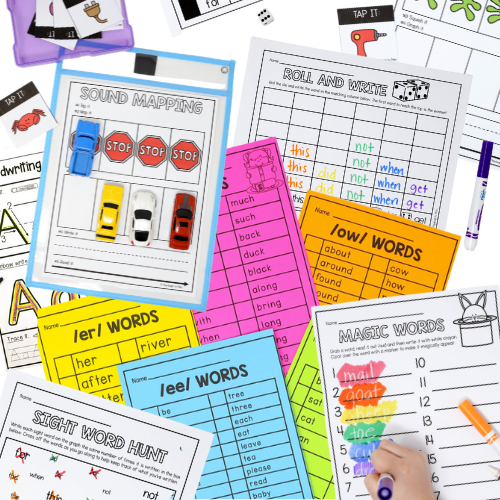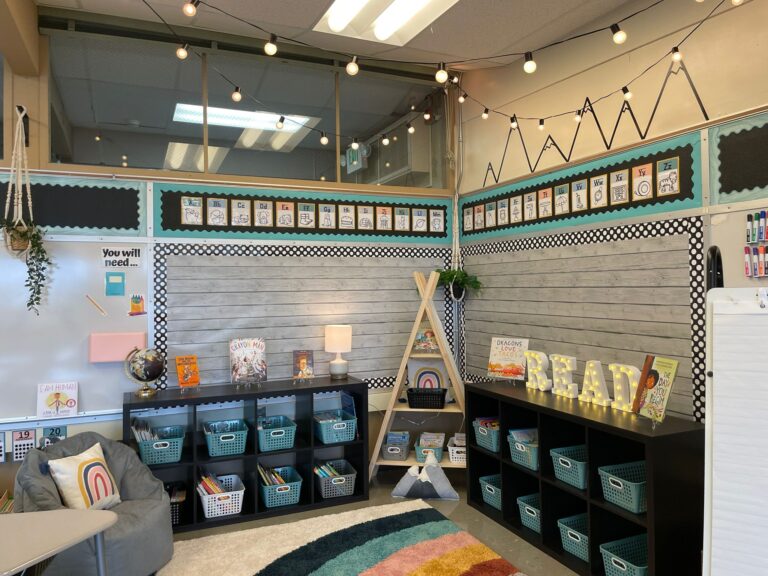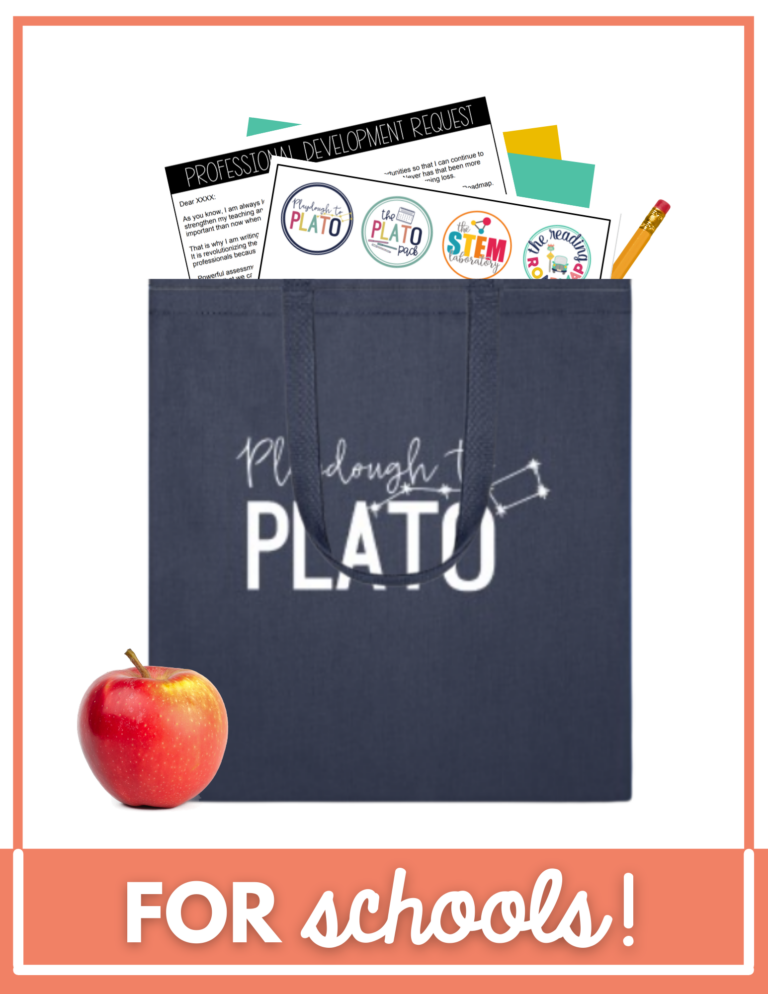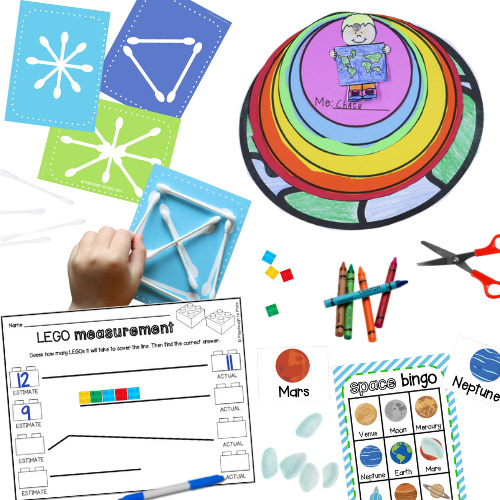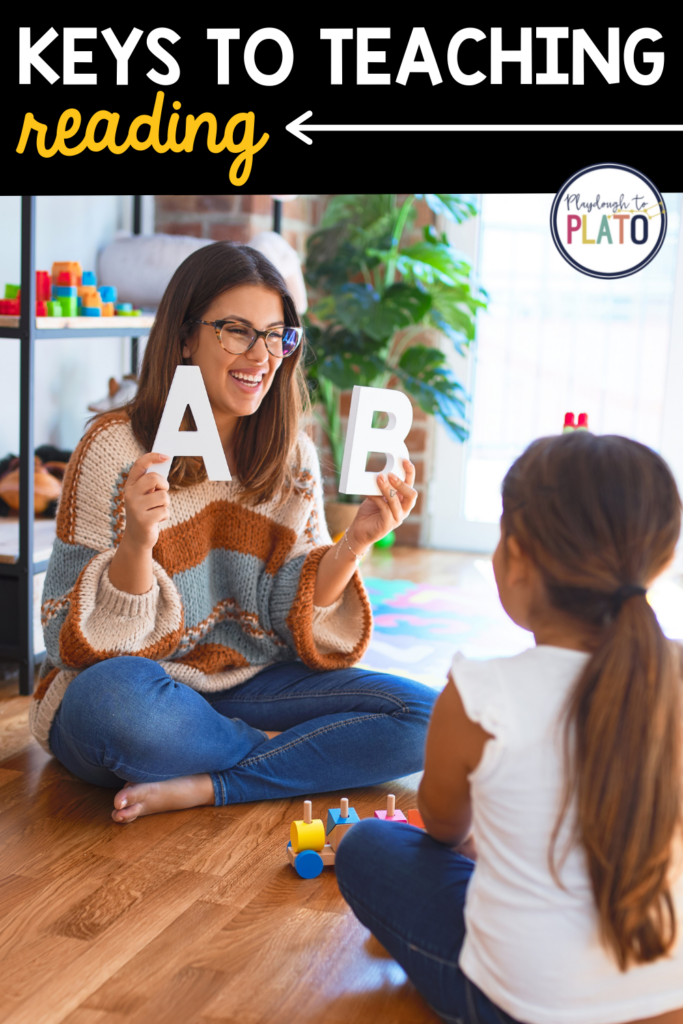
How to teach reading involves laying the foundation and then practice, practice, practice – just like learning anything. Repetition is practice and it leads to reinforcement of ideas as well as increases confidence and strengthens the connections in the brain that help children learn.
Pre-reading skills for reading include oral language, letter knowledge, phonological awareness and beginner writing. And just like us, children learn best when they use multiple senses. When teaching reading, activities that let students see, hear, do and touch don’t just make learning fun – they reinforce lessons and reading concepts in an effective way that helps them retain new information.
Young children’s brains are wired to receive large amounts of new stimulation; this information travels down neural pathways to the brain and as it’s repeated, the pathways thicken. The thicker pathways get kept, and the brain prunes off the thinner ones.
Perhaps that’s why children enjoy hearing and singing the same stories and songs, or playing the same games as they learn how to read. Repeating stories and rhymes lets children anticipate and memorize familiar words and phrases. Both lead to a positive attitude toward books and literature as they are learning how to read.
Memorizing motivates a child by letting them first pretend to read the words in a familiar story and then accelerates the desire and curiosity to recognize additional printed words. It also promotes positive independence, so it’s important to choose books with illustrations or photos that prompt children to remember familiar words or phrases that correspond to the story. Then a child can retell the story and “read” even without an adult present – a great way to express their independence and self satisfaction in a positive way.
The combination of repetition and reinforcement are crucial as valuable tools to teach students how to read. The activities in The Plato Pack from Playdough to Plato take full advantage of these concepts and provide multiple variations for every concept for teachers to choose from, including differentiation for learners at different levels within the same classroom.


